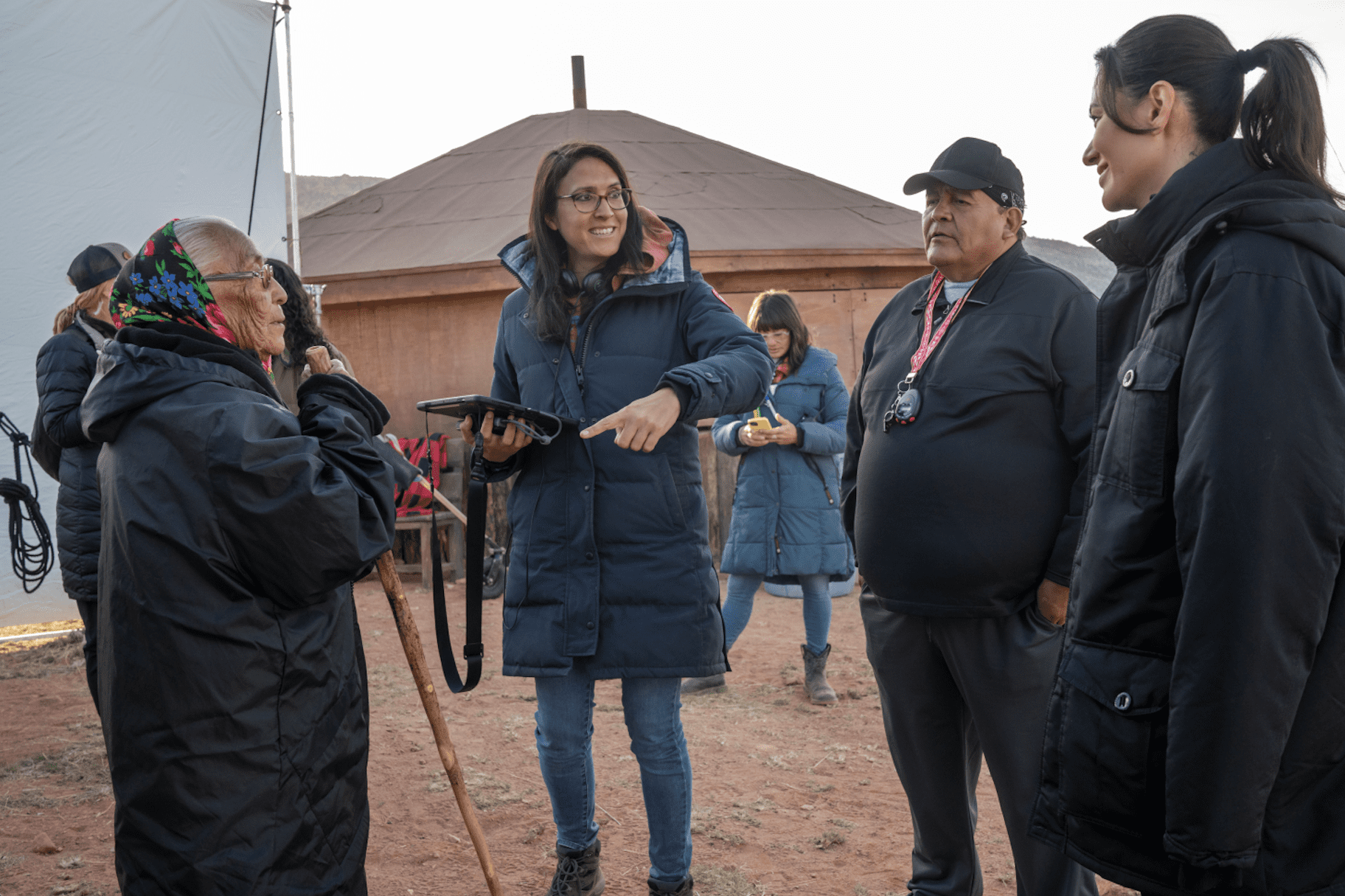Kauchani Bratt - Understanding Screen Time Through Caregivers' Eyes
You know, it's almost a daily puzzle for many grown-ups looking after young people: how much time should kids spend glued to screens? Is that too much, or just right? This question, you know, often pops up in conversations among parents, guardians, and really, anyone guiding a child through their younger years. It's a rather big topic, and for many, the idea of a "kauchani bratt" might just capture some of the challenges and curiosities that come with it.
In some respects, we're talking about a whole generation growing up with tablets, phones, and TVs as constant companions. It's not just about what kids are watching or playing, but how these digital experiences fit into their daily rhythm. Caregivers, more or less, are trying to figure out the best way to support their children, balancing fun and learning with healthy habits, which is a pretty big ask, you know?
So, to get a clearer picture, some folks have been looking closely at what these grown-ups actually think. They've been gathering insights from people who spend their days caring for children under 14, trying to understand their viewpoints on screen use. It's about getting to the heart of their perceptions, and seeing what kind of connections, if any, appear between how adults use screens and how the kids they look after do too, which is quite interesting, really.
Table of Contents
- What Do Caregivers Truly See in Screen Use?
- Getting a Closer Look at Family Views on Kauchani Bratt Screen Habits
- Are There Strong Connections Between Grown-Up Screen Habits and Kids' Screen Time?
- How Do Caregivers Imagine the Kauchani Bratt Should Use Screens?
- Exploring Screen Time in Different Places for Young Kauchani Bratt
- What Are the Perceived Ups and Downs of Screen Time for the Kauchani Bratt?
- Beyond Screens - Supporting the Kauchani Bratt with Wholesome Choices
- Nourishing Young Lives - A Look at Some Delicious, Natural Options
What Do Caregivers Truly See in Screen Use?
When we think about how children interact with screens, it's pretty clear that the grown-ups in their lives have a front-row seat to all of it. We're talking about the folks who are there day in and day out, helping children learn, play, and grow. These main caregivers of young ones, specifically those under 14 years of age, often have a lot on their minds when it comes to screen time. They see the daily routines, the little arguments, the quiet moments of absorption, and sometimes, the struggles that come with digital devices. It's like they're trying to piece together a puzzle where every child, in a way, represents a unique set of circumstances, and finding the right balance is a big part of the picture.
Their views, you know, are really important because they shape the rules, the limits, and the general atmosphere around screens in the home. What one caregiver might see as a helpful learning tool, another might view as a source of distraction or worry. It's a rather personal thing, shaped by their own experiences, their values, and what they observe their children doing. So, getting a real sense of what these caregivers perceive about screen use by children is a pretty vital step in understanding the bigger picture of how young people engage with the digital world, and how families are trying to make sense of it all.
Getting a Closer Look at Family Views on Kauchani Bratt Screen Habits
To really get a feel for what caregivers are thinking, some folks have gone straight to the source, you know, by bringing groups of them together to chat. This approach, often called a focus group, is a way to have open conversations where people can share their genuine thoughts and feelings about a particular topic. For this purpose, these gatherings allowed caregivers to talk freely about their experiences with their children's screen habits. It's a bit like sitting around with friends and discussing something important, but with a clear aim to gather insights, which is pretty useful.
Alongside these group discussions, some basic details about the caregivers themselves were also gathered. Things like their background, perhaps their age range, or where they live – what you might call sociodemographic information. This helps to give a broader context to their perceptions. It means that when we hear about how a "kauchani bratt" (a playful term for a child who might be a bit challenging with screen limits, or just a typical kid in this digital age) interacts with screens, we can also consider the grown-up's situation. This helps paint a more complete picture of the family environment surrounding screen use, and how different backgrounds might shape how families approach these daily digital interactions, which is quite interesting, really.
Are There Strong Connections Between Grown-Up Screen Habits and Kids' Screen Time?
You might think that if a grown-up spends a lot of time on their phone or watching TV, their child would naturally do the same, right? Well, that's a pretty common thought. People often assume that kids will pick up habits from the adults they see every day. However, when researchers looked at the information gathered from caregivers about their own screen time and their children's screen time, what they found was a bit more nuanced. It turns out there was only a weak association between the two. This means that while there might be some connection, it's not a super strong or direct one, which is kind of surprising to some folks, you know?
So, what does "weak association" really mean for understanding the "kauchani bratt" and their screen habits? It suggests that even if a parent or caregiver spends a lot of time on screens, it doesn't automatically mean their child will, too. There are probably many other things at play, like household rules, other activities available, or even the child's own personality and interests. It's a reminder that life, you know, is rarely a simple cause-and-effect equation, especially when it comes to human behavior. This finding, in a way, highlights the many different factors that influence how young people engage with digital devices, making the whole situation a bit more complex than we might initially think.
How Do Caregivers Imagine the Kauchani Bratt Should Use Screens?
Beyond just observing what children do, caregivers often have pretty clear ideas about how young people *should* be using screens. It's not just about setting limits, but also about guiding children towards positive and beneficial ways to interact with digital content. These ideas can range from beliefs about educational apps being great, to worries about too much passive viewing. They might think screens are fine for a bit of learning, but not so good for endless games. So, how do these grown-ups envision the ideal screen habits for their "kauchani bratt"? Well, it's a mix of hopes and concerns, really.
The aim of one particular study was to really dig into these perceptions. It wanted to examine what parents think about both the good things and the not-so-good things that come from screen use for their children. It also tried to compare these perceptions, looking for similarities and differences among various parents. This helps us understand the range of views out there, from those who see screens as a fantastic tool for development to those who view them with a lot more caution. Ultimately, it’s about figuring out the common ground and the varied approaches caregivers take when trying to show children how they should use screens, which is pretty insightful, actually.
Exploring Screen Time in Different Places for Young Kauchani Bratt
It's interesting to consider that children's screen time isn't just happening in one place. Kids, you know, move between different environments, and their screen habits might change depending on where they are. For example, a child might have very different access to screens, or different rules about them, when they're at home compared to when they're in a hospital setting. These different surroundings can shape how much time they spend on devices and what they do with them. So, understanding the full picture means looking beyond just the living room, which is quite important, really.
One particular study, you know, made it its mission to analyze screen time usage among children and young people in both their homes and in hospital settings. The key was to look at this through the eyes of their caregivers. This means the information came directly from the people who were there, observing the children's screen habits in these different places. It's about getting that real-world perspective on how a "kauchani bratt" might use a tablet while recovering in a hospital bed versus playing with one in their own bedroom. This approach helps to build a more complete understanding of how environment plays a part in a child's digital world, which is a pretty valuable insight, you know?
The insights gathered from these observations, basically, help us see the varying demands and opportunities for screen use in different contexts. In a hospital, for instance, screens might be used for distraction or comfort during difficult times, while at home, they might be more for entertainment or learning. Caregivers' perceptions, therefore, become a crucial lens through which to view these different patterns. They provide the practical, lived experience that complements the numbers and data, offering a richer story about how young people, including any "kauchani bratt,"

Kauchani bratt hi-res stock photography and images - Alamy

Rez Ball Kauchani Bratt Death Row Records T-Shirt

Sydney Freeland, Jessica Matten, & Kauchani Bratt Talk 'Rez Ball